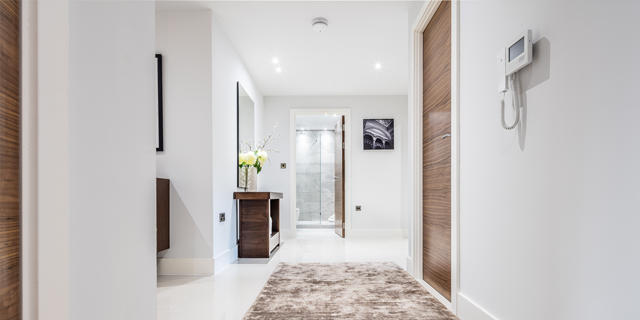EXCELLENT ENJOYMENT
With extremely low temperatures and a very large heater, heating can offer you nothing but pure pleasure. In fact, the quality of a comfortable life is given the utmost attention. The results are as follows:
– Even and balanced heat emission;
– Even temperature distribution across floor and space;
– Almost ideal temperature profile (warm feet and cool head);
– Selecting the temperature mode for each room separately;
– Acceptability from a landscaping standpoint (no radiator)
– Does not cause noise, odors, dust circulation and unacceptable surface temperatures;
– Good regulatory capabilities;
– Selectable floor, wall or combination installation.
SECURITY
The system operates at a safe 3-48V low electrical voltage. You can rotate or wet the heating strips without consequence. Repair of any damage to the straps is not demanding. Damage can be located under the screed and on the floor coverings. There is no danger of spills.
The values of electromagnetic radiation are significantly below the permissible values. For “better feeling”, at the request of our clients, we do not put heating strips under the bed. So no adverse effects of EM radiation!
HYGIENE
The main difference between “radiator” and underfloor heating is the way heat is transferred to the room. Underfloor heating evenly radiates or radiates heat, and radiators convert it, ie. transmitted by air circulation. In this way, in addition to heat, dust and all biological vegetation that develops on moist soil are transferred into the space. By heating or drying the soil, floor heating greatly prevents the development of these organisms.
So: less dust, less dust mites, less bacteria, less allergies…
Has no adverse effect on the vascular system
The system has a very large heater and a suitable, extremely low temperature or operating temperature. The temperature of the floors in the rooms where we stay longer is close to 26 ° C, which is 10 ° C less than our body temperature.The low temperature regime completely eliminates the possibility of a negative effect on the vascular system!
For example, if you want to feel the warmth of a floor that is heated to 26 ° C, you must lay one hand on the floor and the other on the wall.The theory that continuous heating can adversely affect the bloodstream came about at a time when underfloor and “radiator” heating was used by the same boilers with high temperature heating.







